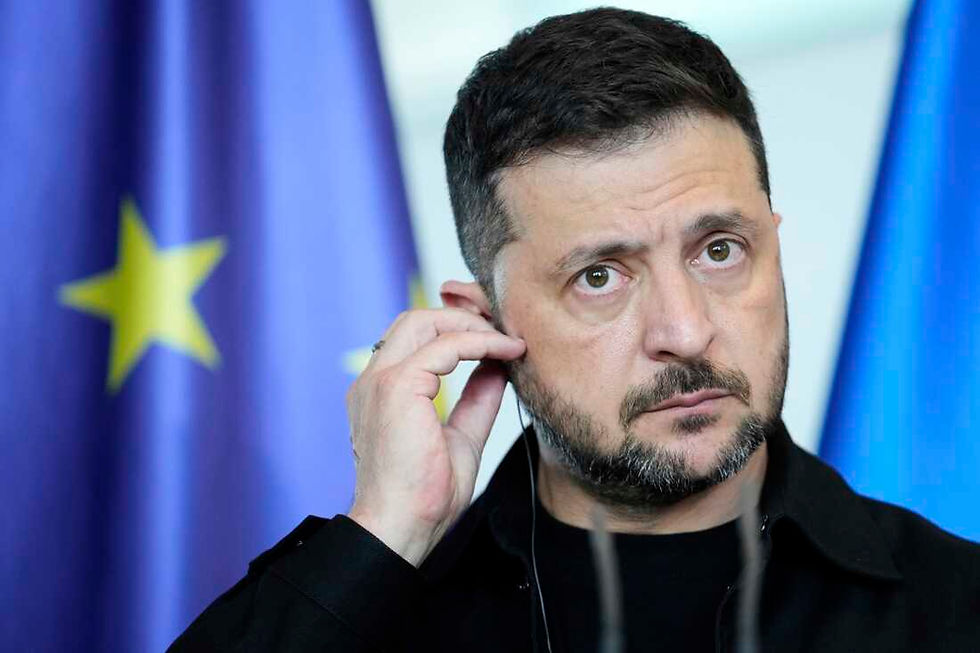Video: See how Ukrainian drone strikes vandalized Russian war planning; know details of Byraktar TB2
- Worldopress Desk
- Nov 13, 2022
- 2 min read
The Bayraktar TB2 is a medium-altitude long-endurance (MALE) unmanned combat aerial aircraft (UCAV) capable of remotely controlled or autonomous flight operations. It is mainly for the Turkish Armed Forces by the Turkish Company Baykar Makina Sanai ve Ticaret A.Ş. Manufactured by. The aircraft is monitored and controlled by an aircrew in a ground control station, including the employment of weapons.
By November 2021, the TB2 drone had completed 400,000 flight hours globally. The Turkish military is the largest operator of the TB2 drones, but an export model has been sold to the armies of several other countries, including Ukraine. Turkey has used drones extensively in attacks on Kurdistan Workers' Party (PKK) and People's Protection Units (YPG) targets in Iraq and Syria. The Baraktar drone was subsequently deployed by many other countries around the world in various wars, such as by Azerbaijan in the 2020 Nagorno-Karabakh War, by the Ukrainian Armed Forces during the 2022 Russian invasion of Ukraine as well as by the Ethiopian Tigre, and used by the National Defense Force during the war to defend the country.
In terms of components and technologies,
The aircraft relied on previously imported and regulated components and technologies such as the Rotax 912 engine and optoelectronics. Rotax owner Bombardier Recreational Products suspended deliveries of its engines to some countries in October 2020 after becoming aware of their military use despite being certified for civilian use only.
According to the British newspaper The Guardian, the armament of the Bayraktar TB2 would not have been possible without the aid of the UK Hornet micro-munition bomb rack by EDO MBM Technology Ltd. In response to an article in The Guardian newspaper, Selçuk Beraktar, the chief technical officer of Baykar, denied that the bomb rack came from the UK. "We're not buying it from you. We never did. It not only works under any circumstances, but it's also very expensive", Bayraktar said on Twitter. "We have designed and built a more advanced and cost-effective one ourselves."
The use of the Canadian Veskum MX-15D system in drones was exposed in October 2020 after Armenian officials claimed that the remnants of the MX-15D system had been recovered from a downed TB2 drone during the nation's conflict with Azerbaijan. It halted MX-15D exports to Turkey, while an investigation by Global Affairs Canada evaluated the use of Canadian technology in the Nagorno-Karabakh conflict. Turkish industry responded to the foreign sales boycott by announcing the provision of domestically manufactured alternatives, including the TEI PD170 engine fuel valve and the CATS FLIR system. Integration testing with that system began on 6 November 2020. Turkish defense industry researcher Kadir Dogan tweeted that the cancellation of the sale of components by foreign companies to Baykar was not a major problem and that, as of January 2021, all those components have been replaced.
In terms of cost, a TB2 unit is estimated to cost US$5 million, which is about one-sixth that of US-built Reaper UAVs. Baker has not given a price but has published several news reports on its website about crowdfunding campaigns launched in Europe to purchase Bayraktar UAVs for Ukraine in 2022, all of which cost approximately US$5–5.5 million for the unit. Dollar target.









Comments